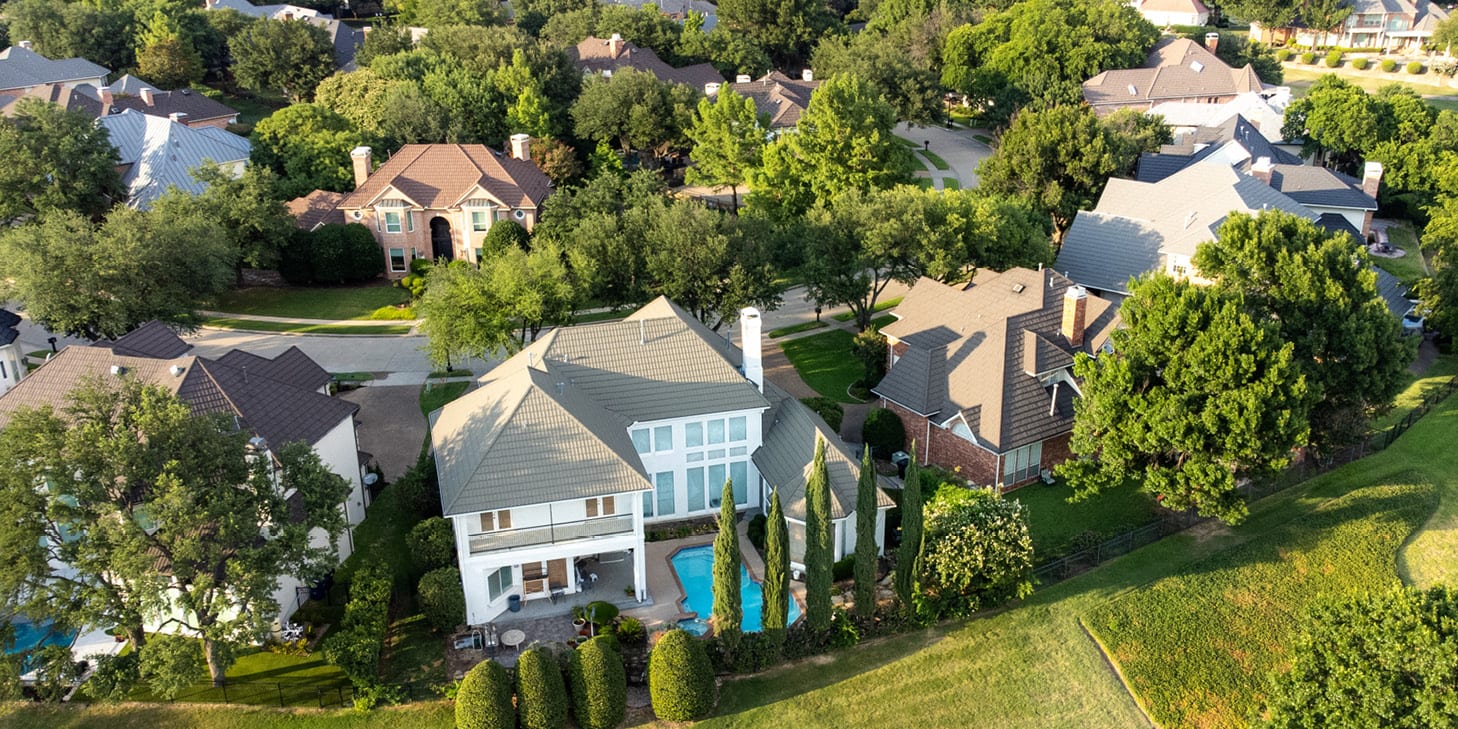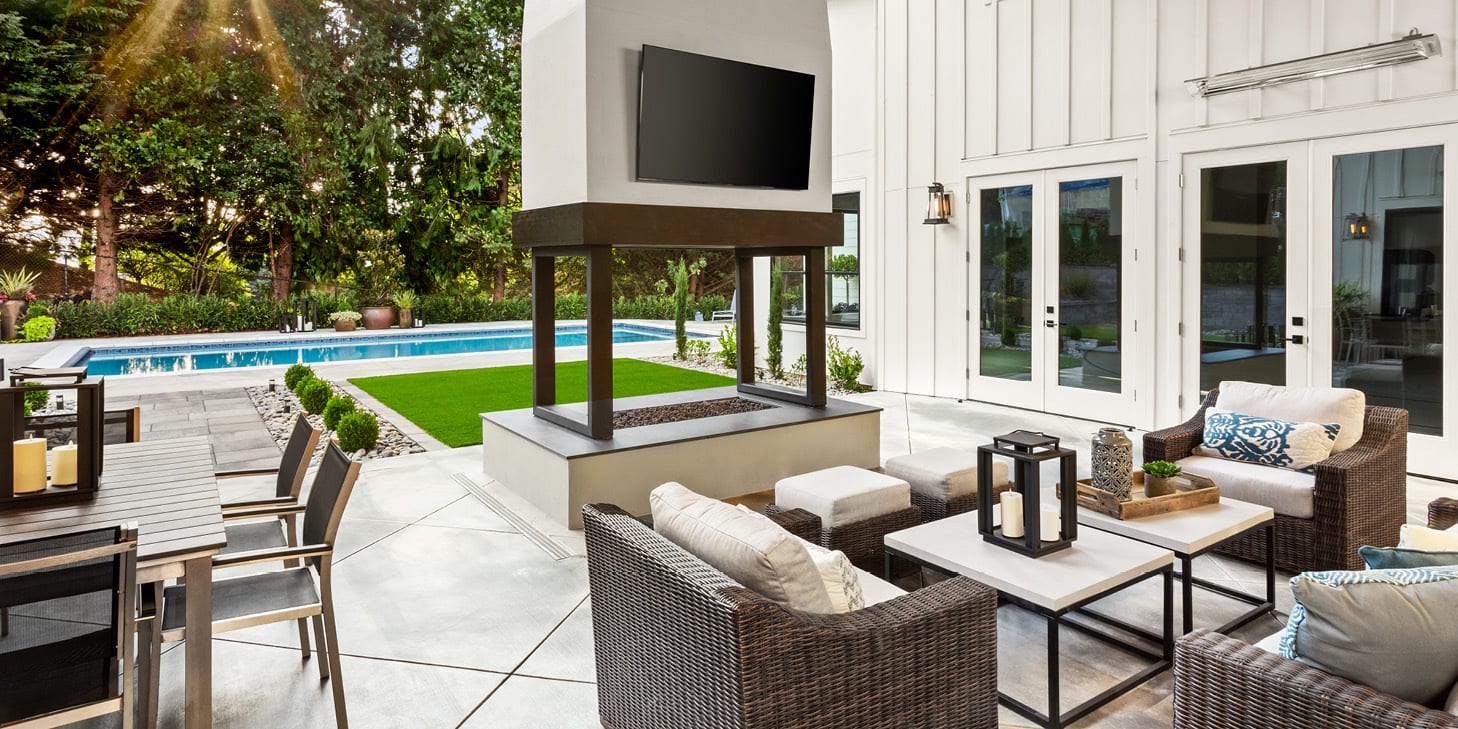HOA Backyard Rules: What’s Allowed and What’s Not

Supporting efficient community operations and stable property values, rules are a necessary part of every homeowners’ association (HOA). As a member of a managed community, you’re legally required to abide by the rules. Found in the governing documents, rules should outline everything from what color you can paint your front door to the type of decorations you can use in your backyard. Read on to learn more about HOA backyard rules, including why they matter and what happens if you violate these HOA backyard rules.
Why Are HOA Rules Important?
HOAs have rules and regulations to establish community standards and ensure alignment with applicable local, state, provincial, and federal laws. However, for a community to thrive, homeowners must follow the rules. While HOA rules may seem strict, these guidelines are important because:
- Rules enforce the CC&Rs. Legally binding, the Codes, Covenants, and Restrictions, or CC&Rs, detail the community’s development, configuration, and operation. Your community’s rules help enforce or clarify the CC&Rs and include items not addressed in the CC&Rs.
- Rules promote harmony. Generally, a community has rules regarding conflict resolution procedures to mitigate disputes. Designed to facilitate positive relationships, these rules help resolve issues before they turn into larger ones.
- Rules stimulate property values. By creating rules for maintenance, landscaping, and architectural controls, the HOA keeps the neighborhood attractive and appealing for existing homeowners and prospective buyers.
- Rules help keep the community safe. Access code, guest entry, lighting, and amenity usage rules all encourage safety and minimize the risk of injury.
Get help “Understanding the Homeowners’ Association Rules Hierarchy” today!

The Most Common HOA Backyard Rules
Although HOA backyard rules vary by association, you may find common HOA backyard rules related to:
- Furniture, equipment, and decorations. Patio furniture, bird baths, basketball hoops, sculptures, and other accessories like chimes may not be allowed to preserve a consistent aesthetic.
- Noise policies. Communities may enforce quiet hours during certain times of day, and policy limits may pertain to music at parties, construction, and even barking dogs.
- Landscaping restrictions. HOA landscaping rules prevent invasive plant growth, trees hanging over fences, and unhealthy lawns, which could negatively impact property values.
- Outdoor structures. Associations often require oversight of the construction of pergolas, fire pits, and other outdoor structures to confirm they’re secure and non-hazardous.
- Backyard amenities. To maintain safe backyard environments, pools, hot tubs, built-in grills, and other amenities may be restricted or prohibited altogether.
- Pets and animal regulations. Pet regulations may limit the types of pets permitted and prohibit outside-only dogs and cats. Animal regulations detail the types of farm animals and exotic animals allowed in the HOA.
- Fence guidelines. Fence heights, material types, and colors may be regulated to retain a similar look and feel.
How to Make Changes to Your HOA Backyard
Even though HOA backyard rules exist, homeowners may be able to make changes to their backyards by submitting an architectural request. An architectural request is a request made by a homeowner to modify their property, like installing a pool or painting their fence. This request goes to the board of directors or an architectural review committee, who approve or deny the change based on a variety of factors. While it can differ by community, the architectural review process typically works like this:
- Application submission: Homeowners wishing to make alterations or additions to their property complete an application with detailed plans and specifications.
- Application review: The board or an architectural review committee evaluates the application and determines if the proposed changes comply with the community’s architectural guidelines.
- Decision-making: The project will be approved or denied over the course of 30 to 60 days. During this time, the board or committee may provide feedback or suggest revisions. If denied, homeowners may be able to appeal the decision and resubmit their request.
- Execution: Once approved, homeowners can carry out their projects accordingly. HOA inspections might occur to guarantee compliance throughout construction.
The architectural review process can be overwhelming to some homeowners. Get help from our “Architectural Review Committee Change Request Form Details & Template”!
What Happens if You Break HOA Backyard Rules?
HOA residents should always aim to follow their association’s rules. Every community is different, but if a homeowner violates an HOA backyard rule, they’ll most likely receive a violation notice requesting that they resolve the issue to avoid a penalty. In situations where the homeowner in question is a repeat offender, depending on the severity of the violation, they may need to attend a hearing, pay a fine, or face further action. Homeowners who feel a violation is unjust may be allowed to contest the claim with their board.
Breaking Down HOA Rules Beyond the Backyard
Adhering to HOA backyard rules and other policies is vital to successful HOA operations. Residents must recognize the importance of following all association rules,the potential consequences of violations, and the impact that rules have on the community, good or bad. To know where a rule falls into those categories, read our ebook “Is It a Good HOA Rule?”, where we break down how to analyze new rules, regulations, and policies to ensure they help the HOA instead of harm.